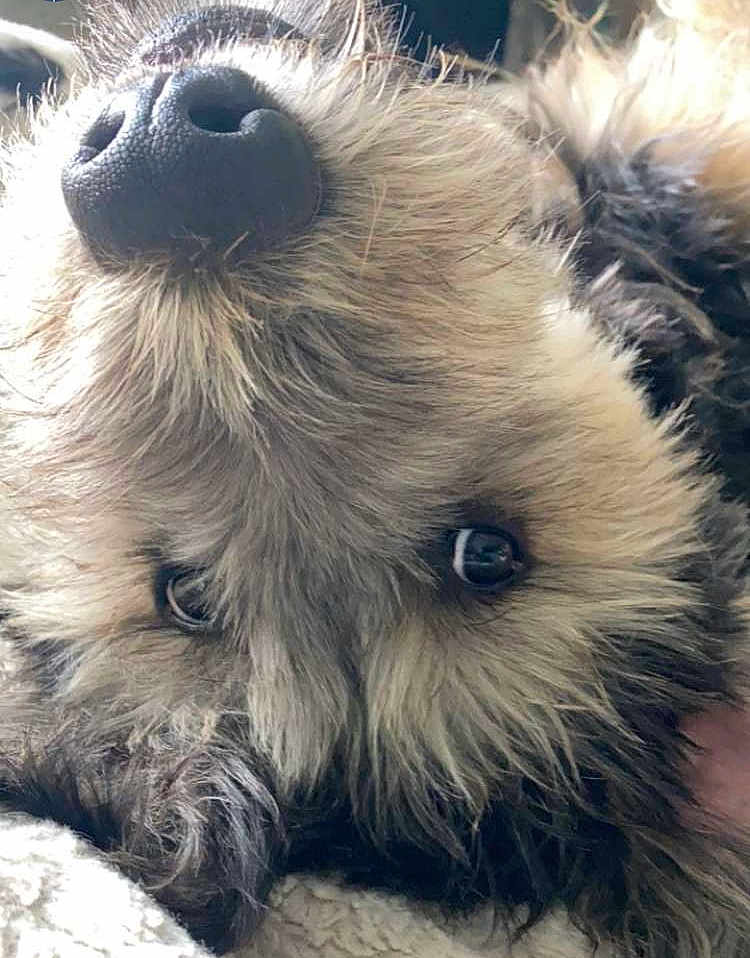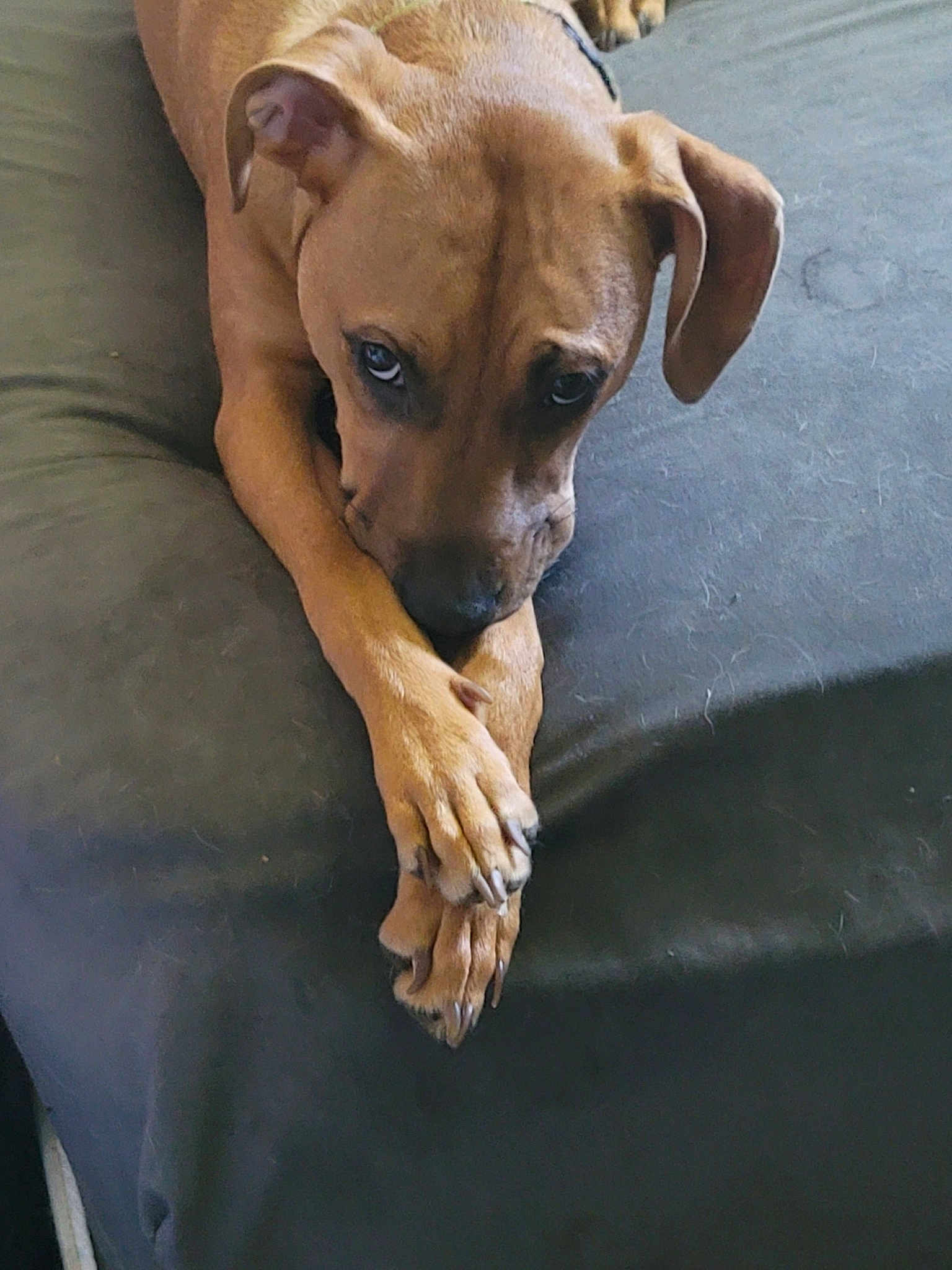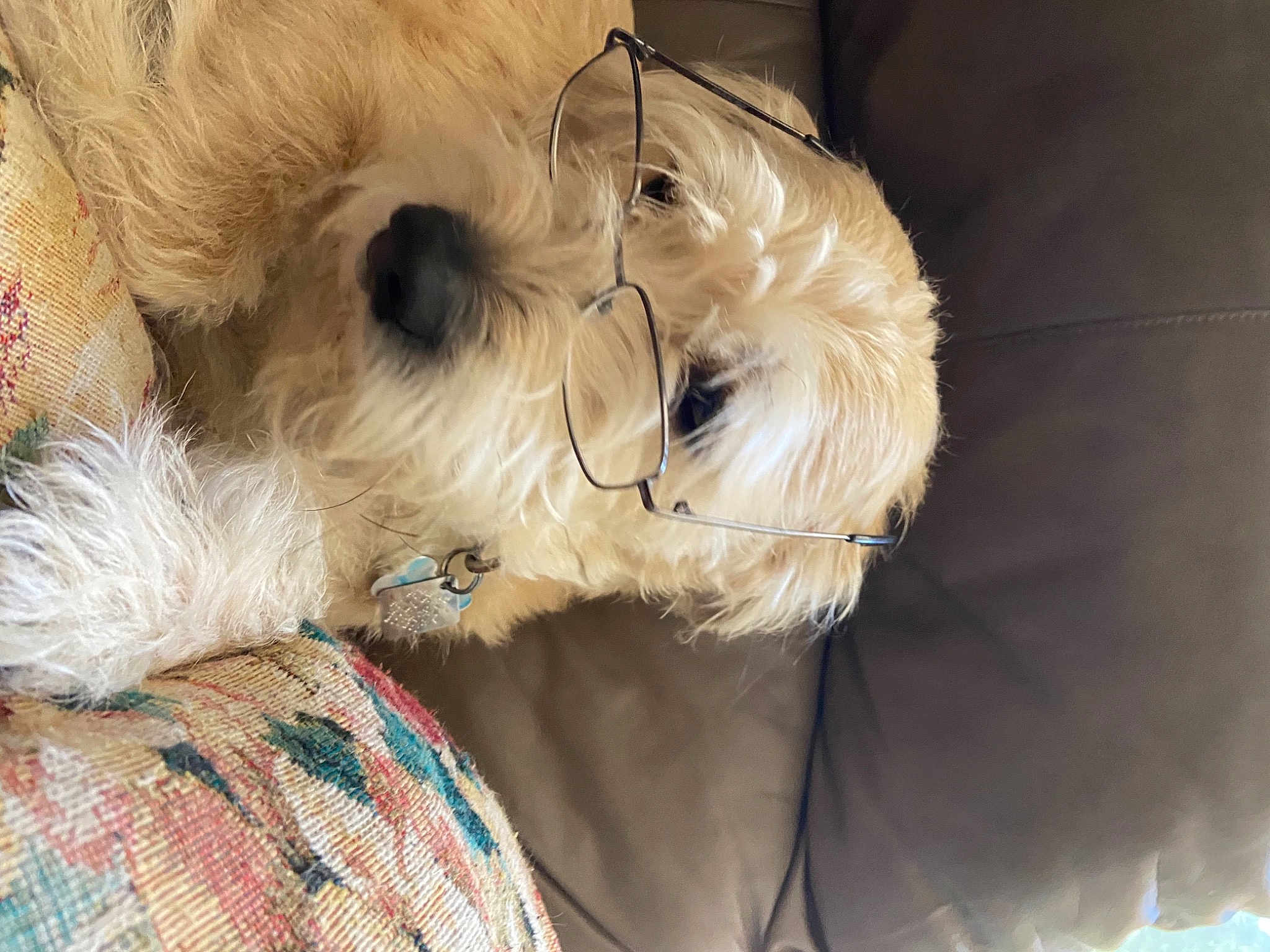“With their roots tracing back to medieval England, Otterhounds have historically been revered for their unparalleled ability to hunt otters in water.” Among the fascinating world of dog breeds, few can match the Otterhound's unique blend of history, appearance, and personality. These dogs aren't just pets; they're a nod to a storied past and a delightful present.
Personality and Behavior of the Otterhound
Otterhounds are known for their boisterous and fun-loving nature. They thrive on interaction and are particularly sociable with children, making them an excellent choice for families. While they might look a bit aloof or even solemn with their shaggy coats and solemn eyes, their demeanor is anything but! These amiable giants are always ready for play and are incredibly loyal to their families.
Moreover, Otterhounds possess a remarkable sense of smell, second only to the Bloodhound. This keen olfactory ability means they often enjoy games that involve scent trails or tracking, providing not just physical exercise but also mental stimulation. Their large, webbed feet make them natural swimmers, embodying their historical purpose of hunting in watery environments.
Despite their energetic and sometimes rambunctious disposition, Otterhounds can be surprisingly gentle. They have a soft spot for cuddle sessions and often lean into their owners, seeking affection and reassurance. Their balanced personality means they're adventurous yet capable of moments of complete relaxation by your side.
“One captivating trait of Otterhounds is their distinctive 'bay'; a melodious howl that has historically signaled their position to hunters. It’s not just a sound; it’s a chorus of history.”
Meanings, History, and Origins of the name Otterhound
The name "Otterhound" is quite literal, stemming from the dog's primary use: hunting otters. This breed was developed in medieval England explicitly for otter hunting, a practice necessary to protect the fish populations in local ecosystems. The word "hound" itself carries historic significance, often associated with breeds that excel in tracking and hunting.
Otterhounds are believed to be descendents of the Bloodhound and various rough-coated French breeds. Their distinct features – webbed feet, a waterproof coat, and a powerful sense of smell – were all honed to serve their unique hunting purpose. In terms of cultural impact, the Otterhound has been referenced in numerous historical texts and depicted in the art of the British gentry, showcasing their storied past.
As the otter population dwindled and hunting regulations became stricter, the Otterhound's primary role diminished. However, their importance as companions grew, revealing their versatility beyond hunting. Their name, deeply embedded in their history, serves as a testament to their origins and their enduring nature.
Popularity of the Otterhound
The Otterhound is a relatively rare breed, contributing to its unique charm. According to recent statistics, there are fewer than 1,000 Otterhounds worldwide, a number that places them on the vulnerable breed lists in many countries. This rarity makes every Otterhound a precious ambassador of its kind.
In English-speaking countries like the United States and the United Kingdom, Otterhounds are cherished by a niche group of enthusiasts. These dog lovers often value the breed's historical significance and their charming, robust personality. While not as mainstream as Labradors or German Shepherds, they boast a dedicated following who appreciates their distinct qualities.
Worldwide, the Otterhound enjoys modest popularity in regions with a rich hunting tradition or a penchant for large, amiable dogs. Countries like Canada and Australia, with vast natural landscapes, often harbor small but passionate Otterhound communities. Despite their rarity, their unique traits and appealing temperament ensure they remain in demand among those in the know.
Health and Care of the Otterhound
Like all breeds, the Otterhound comes with its specific health considerations. One of the most common issues they face is hip dysplasia, a condition prevalent among larger breeds. Regular check-ups and maintaining a healthy weight can mitigate its impact, ensuring a longer, healthier life for your hound.
Another health aspect to watch for is bloat or gastric dilatation-volvulus (GDV), a severe and life-threatening condition where the stomach twists. As with many deep-chested breeds, it's important to monitor their eating habits and avoid vigorous exercise immediately after meals.
Dietary needs for Otterhounds involve high-quality dog food that meets their nutritional requirements. Since they are active dogs, a balanced diet rich in protein helps maintain their energy levels and supports healthy muscle development. Fresh water should always be available, especially after bouts of exercise.
Regular grooming is crucial due to their dense, waterproof coat. Weekly brushing helps manage shedding and keeps the coat in good condition. Bathing should be done as needed, paying special attention to their ears, which can be prone to infections due to their size and shape.
Training and Education of the Otterhound
Training an Otterhound can be both rewarding and challenging. Known for their independent streak, these dogs require a patient and consistent approach to training. Starting from puppyhood, socialization is key. Exposing them to various environments, people, and other animals helps develop a well-rounded adult dog.
Positive reinforcement techniques work best with Otterhounds. They respond well to treats, praise, and play. Since they have a strong prey drive, recall training is particularly important. Ensuring that they come back to you when called, even in distracting environments, is crucial for their safety and your peace of mind.
Challenges in training often include their occasional stubbornness. Otterhounds might test boundaries, and it's essential to remain firm yet gentle. Consistency is key – regular training sessions that are varied and engaging keep them interested and responsive. Enrolling them in basic obedience classes can provide both social and training benefits.
Consider incorporating activities that leverage their natural skills, such as scent work or agility training. These activities satisfy their physical and mental needs, reinforcing their training in a fun, productive way.
When choosing the right dog breed, it's vital to consider various factors such as lifestyle, living conditions, and the time you can dedicate to a pet. If you're looking for a dog that combines history, uniqueness, and a loving disposition, the Otterhound might just be the perfect match for you.
In conclusion, the Otterhound reaffirms the enduring importance of breed diversity and the joy of finding a breed that resonates with our lives. At KingPet, we see many Otterhounds participating in our contests, each embodying the breed's delightful characteristics. Choosing an Otterhound means not only bringing home a piece of history but also a loyal, affectionate companion that thrives on adventure and love.



